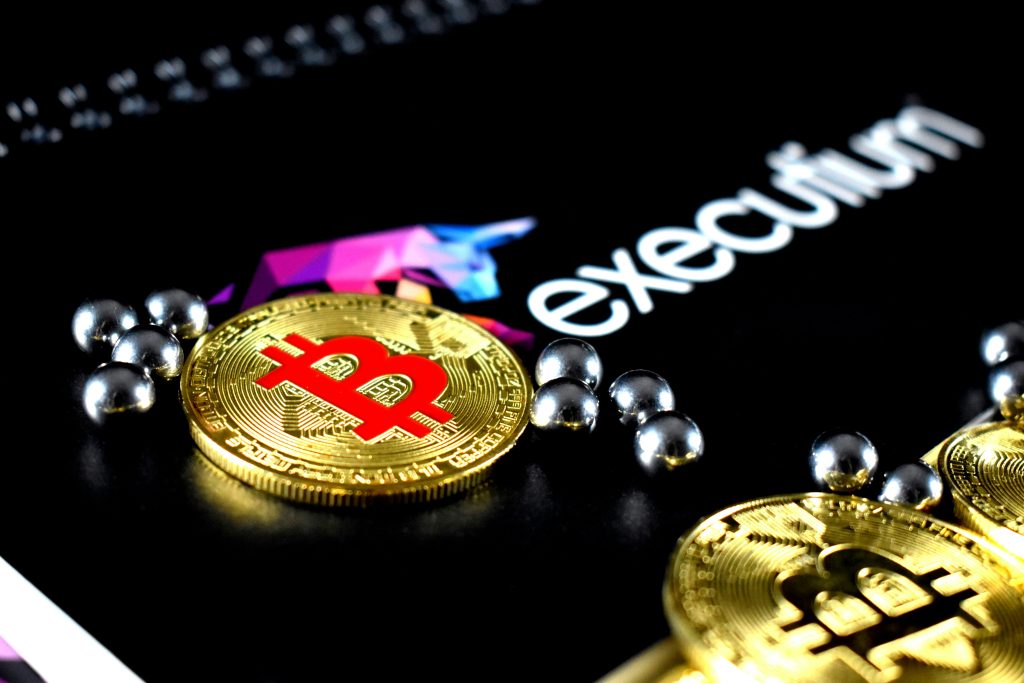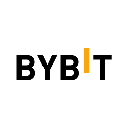Ranking of Cryptocurrency Exchanges
The number of cryptocurrency exchanges is constantly growing, but their trading conditions vary greatly. Some have lower fees, others higher liquidity, while certain platforms focus on a convenient interface or a wide selection of coins. To simplify the choice, a ranking of crypto exchanges is compiled based on objective indicators: reliability, fees, trading volumes, and asset support.
The 2025 crypto exchange ranking includes both centralized platforms (CEX) and decentralized exchanges (DEX). Comparison by key parameters with practical recommendations helps traders and investors choose optimal solutions for trading and storing assets.
Exchange Evaluation Criteria
- Security — number of hacking incidents, share of funds in cold wallets, presence of licenses (FCA, CySEC, FinCEN, etc.).
- Fees — base maker/taker trading fees (for example, 0.1% on Binance, 0.16/0.26% on Kraken), deposit and withdrawal fees.
- Liquidity — average daily trading volumes (CoinMarketCap/CoinGecko data), order book depth.
- Asset assortment — number of available coins and trading pairs (for example, Binance — 350+, Coinbase — about 200).
- Functionality — availability of stop orders, margin trading, derivatives, APIs for traders.
- Fiat gateways — support for deposits/withdrawals via Visa/MasterCard, SEPA, SWIFT, P2P trading.
These are exactly the indicators used when compiling the rankings of cryptocurrency exchanges and DEXs.

Top-5 Centralized Crypto Exchanges (CEX)
| Exchange | Fees (maker/taker) | Trading volume (24h) | Number of coins | Highlights |
| Binance | 0.1% / 0.1% | $10B+ | 350+ | Spot, margin, derivatives, P2P |
| Coinbase | 0.25% / 0.4% | ~$2B | 200 | US-regulated, simple interface |
| Kraken | 0.16% / 0.26% | ~$1B | 220+ | Robust security, licenses |
| OKX | 0.08% / 0.1% | ~$3B | 300+ | Spot, derivatives, DeFi, NFT |
| Bybit | 0.1% / 0.1% (spot) | ~$2.5B | 270+ | Primary focus on derivatives |
Key indicators for CEX rankings: fees, liquidity, number of assets, functionality. This data allows you to compare exchanges and choose a suitable platform for trading cryptocurrency.
Ranking of Decentralized Exchanges (DEX)
| Exchange | Fees | Trading volume (24h) | Number of tokens | Blockchain support | Highlights |
| Uniswap | 0.30% | $1.5B | 700+ | Ethereum | Main liquidity pool on ETH |
| PancakeSwap | 0.25% | $900M | 200+ | BSC | Low fees, BSC tokens |
| Curve | 0.04–0.4% | $500M | 100+ | Ethereum | Focus on stablecoins, minimal slippage |
| SushiSwap | 0.30% | $400M | 600+ | Ethereum, Polygon, BSC | Multichain, liquidity pools, token swaps |
| dYdX | 0.1–0.5% | $350M | 50+ | Ethereum Layer 2 | Derivatives and margin trading without a CEX |
Key indicators for choosing a DEX:
- Fees — fixed or a range depending on the network.
- Trading volume — the higher it is, the lower the slippage.
- Blockchain support — important for the tokens you choose.
- Number of tokens — available trading pairs for your strategy.
How to Choose an Exchange for Your Goals
Beginner, spot trading: choose an exchange with simple registration, fiat support, and an interface understandable without prior experience. Fees no higher than 0.4%, average daily trading volume ≥ $1B. Recommended platforms: Coinbase, Binance.
Active trading: you need low fees (≤ 0.1%), high liquidity (≥ $3B/day), a wide selection of coins (≥ 250), and margin trading. Suitable exchanges: Binance, OKX, Bybit.
Long-term investments (HODL): critical factors are no major hacks for ≥ 5 years, cold storage of funds, and deposit insurance. Support for the top-10 cryptocurrencies and stablecoins. Exchanges: Kraken, Coinbase.
DeFi and on-chain token trading: multichain, connection of MetaMask/Trust Wallet, fees ≤ 0.3%, high pool liquidity. Best DEXs: Uniswap, PancakeSwap, SushiSwap.
Main indicators to consider: fees (maker/taker, deposits/withdrawals), liquidity, number of assets, available trading tools, security (2FA, licenses, cold storage).

Current Trends in Crypto Exchanges
- DEX growth: average daily trading volume on decentralized exchanges exceeds $4.5B, with most traffic on Ethereum, BSC, and Polygon.
- Lower fees on CEX: Binance and OKX keep spot fees at 0.1% maker/taker; discounts apply when paying with the exchange token.
- Multichain support: SushiSwap runs on Ethereum, BSC, and Polygon; PancakeSwap — on BSC and Ethereum.
- CEX regulation: Coinbase, Kraken, and Binance comply with FCA, CySEC, and FinCEN licenses, which is important for users in the US and EU.
- Derivatives and margin trading: futures volume on Binance and Bybit exceeds $15B per day.
- Integration of DeFi and NFT: Binance and OKX offer staking, liquidity, and NFT marketplaces to expand functionality.
The ranking of cryptocurrency exchanges allows you to compare platforms by exact indicators: fees (maker/taker, deposits/withdrawals), liquidity (average daily volumes), number of coins/tokens, and functionality (spot, margin, derivatives, P2P).
- CEX are suitable for spot trading and working with fiat, providing high liquidity and a wide range of tools.
- DEX are suitable for trading tokens directly via wallets, offering multichain and low fees, but with lower liquidity.
Your exchange choice should be based on your goals and trading volume: a beginner needs platforms with a simple interface and ≥ $1B/day volume; a trader cares about fees ≤ 0.1% and liquidity ≥ $3B/day; an investor prioritizes reliability and cold storage.























